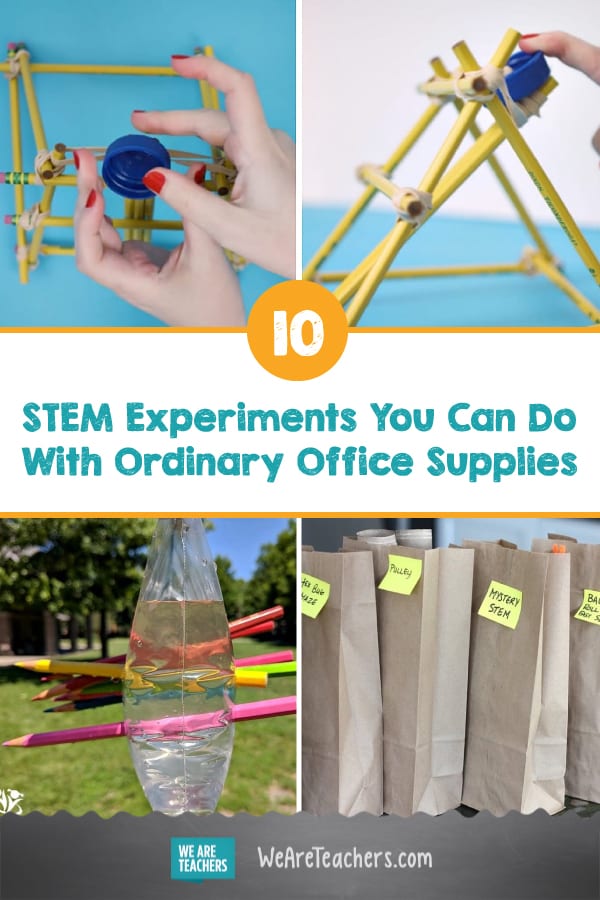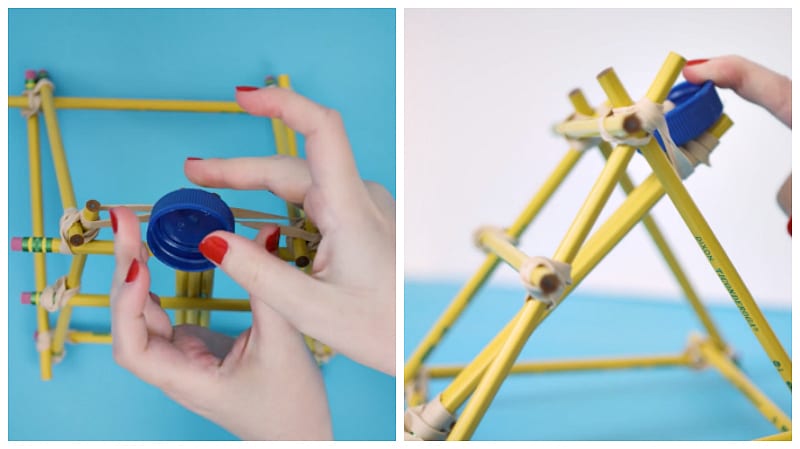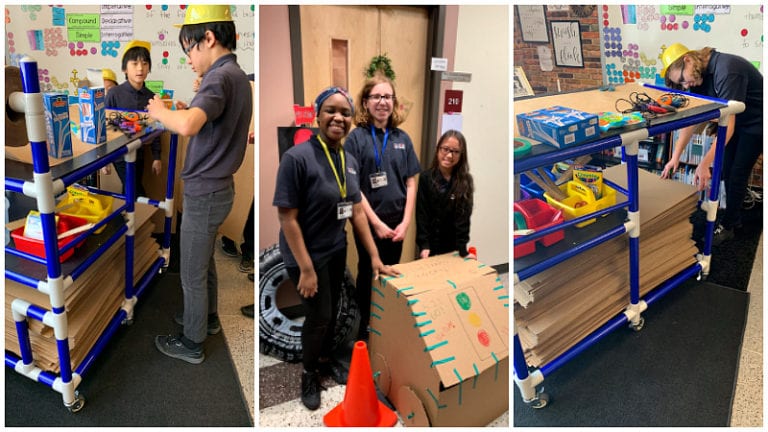You don’t have to have a lot of fancy supplies in order to pull off great STEM experiments in your classroom. All you need is some basic office supplies! Here are some of our favorite STEM experiments, using office supplies that you probably have on hand already. Enjoy!
1. Take the STEM paper airplane challenge.
Click play on the video above! Students can learn so much about engineering, physics, and more just by making paper airplanes and testing them out. All you need is some paper, clear tape, and coins. It works well as a group or individual project.
To start, encourage students to research different paper airplane designs. They can get a book from the library, look up designs online, or just invent their own. Once everyone has a solid design, do a test to see which airplane flies the farthest, fastest, highest, etc.
Then take it to the next level with the cargo challenge. Add coins or paper clips a few at a time to see how much “cargo” students’ planes can carry. Be sure to watch the video above for additional tips.
2. Build a pencil catapult.
This experiment (video above) is going to take some patience and a little trial and error, but the results are awesome! There are several different pencil catapult designs students can do. To try ours, check out the video above.
We suggest having students work in groups for this one. It can be tricky to get all the pencils to line up while getting all the rubber bands on, but don’t give up. Our tip is to use small rubber bands so the pencils can be lined up quickly and tightly. Then put the bottle cap launcher on at the end, and your class is ready to go. Challenge students to create a catapult they think can launch objects the farthest, then test the catapults and find a winner.
3. Make a paper clip float.
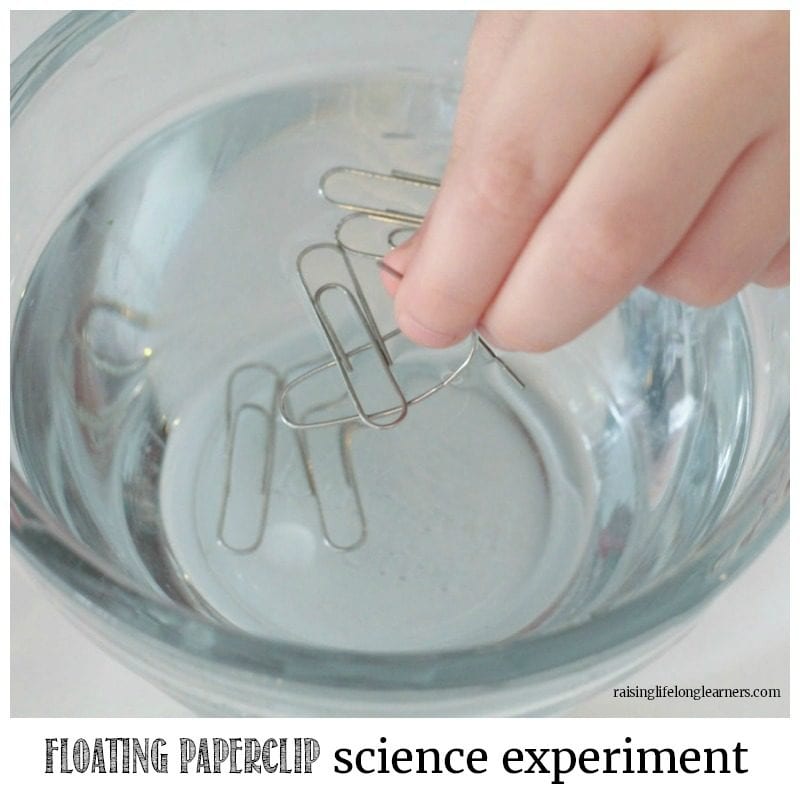
SOURCE: Raising Lifelong Learners
It sounds easy, right? It’s not quite as simple as you may think! This is a good challenge to give students of all ages. Along the way, they can learn some great lessons about surface tension and molecules. Check out Colleen’s tips for doing this experiment on Raising Lifelong Learners.
4. Create towers out of index cards.
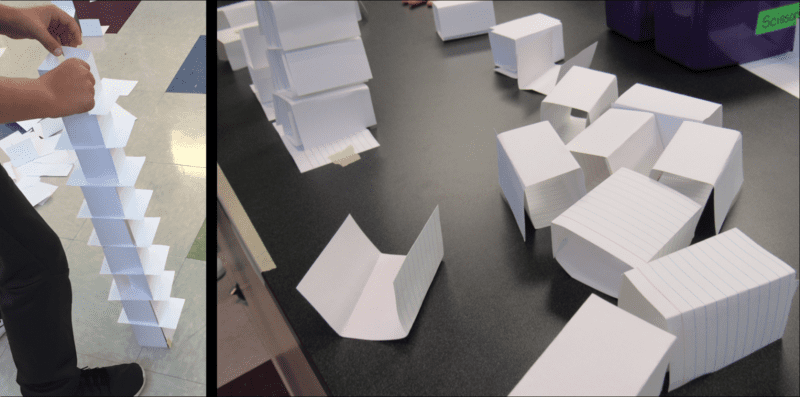
SOURCE: Teachers Are Terrific
You only need one thing for this project: index cards. Pass the cards out to your students and give them a couple of challenges.
You could challenge them to build the highest structure they possibly can. Or, you could have them create columns and structures that are secure enough to hold something on top. (We’ve see this done with both an inflatable beach ball and books.) What will you challenge your students to do?
5. Now try making a tower out of pencils.
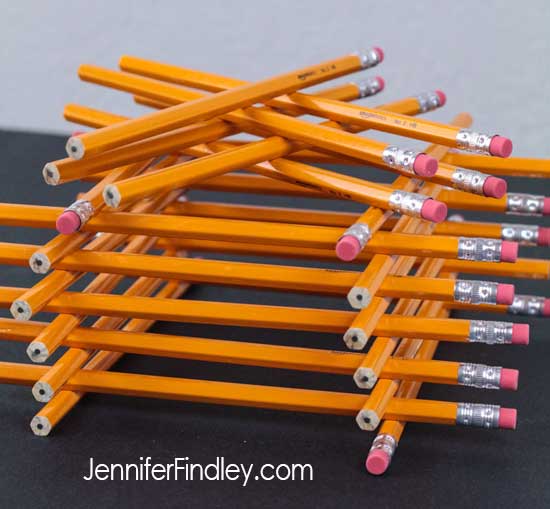
SOURCE: Jennifer Findley
This looks a lot like the catapult challenge, but it involves no rubber bands. Students just stack the pencils slowly and carefully, trying to create a strong base.
Encourage students to try different strategies and techniques. It’s the perfect trial-and-error experiment, and students will pick up some engineering skills while they do it.
6. Make a stick figure dance.
This one really does seem like magic, and you’ll definitely want to click the play button on the video above. Your students will need a shallow plate, Expo markers, and water.
Start by having students draw a simple stick figure on the plate, and remember that all the pieces need to be connected in order for this to work. Next, SLOWLY pour water onto the dish. This part is really important. Students will have to go super slowly to get it to work properly. If they do, they’ll be rewarded! The drawing they did should slowly lift off the plate and begin to float. Here’s an article we like that helps explain the science behind this experiment.
7. Try the paper bag challenge.

SOURCE: Little Bins for Little Hands
You might have heard of the STEM paper bag challenge. It’s where you put different objects and items into a paper bag and give students a very specific task to do.
Get inspiration for the different items you might add from Little Bins for Little Hands. We recommend putting all office supplies into a paper bag to do the pulley challenge.
8. Watch the magic of the no-leak water and pencil experiment.
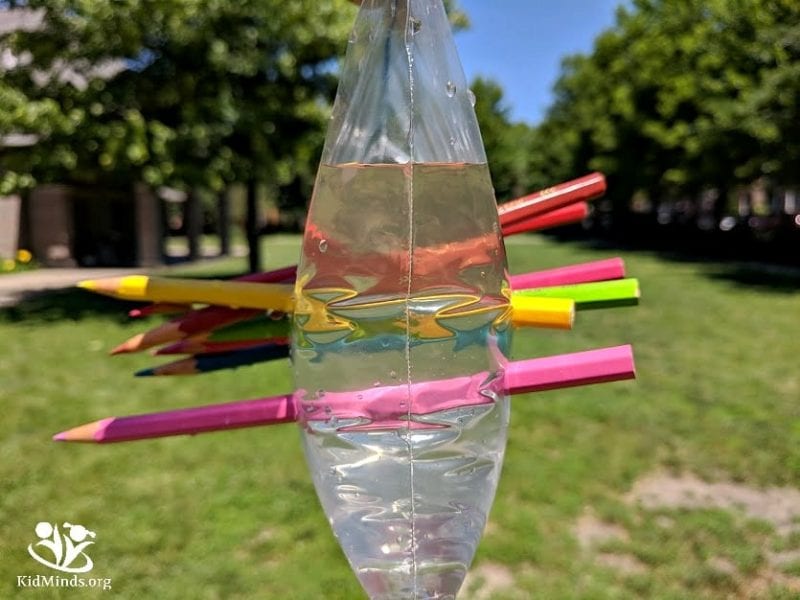
SOURCE: Kid Minds
This can be done with kids as young as kindergarten or as old as fifth grade. They all will find it cool! Plus, the great thing about this is that you can poke the bag with lots of different pencils, giving everyone in your class a turn.
Get some tips from Kid Minds about the science lessons behind this experiment. Then grab some number two or colored pencils to try it with your students.
9. Cut a huge circle with a single index card.
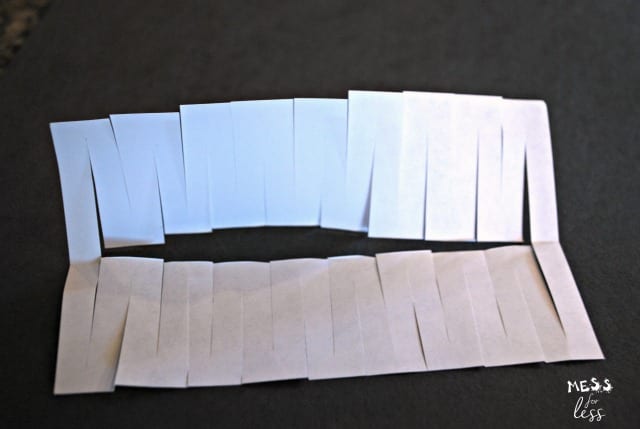
SOURCE: Mess for Less
This is a fun experiment that reminds you that you should always plan before you cut. One wrong snip, and you’ll break your circle. Check out how this blogger recommends cutting a giant circle out of a single index card, and then have your students try it. You could do this with a piece of construction paper, too.
10. Bend a pencil with a glass of water.
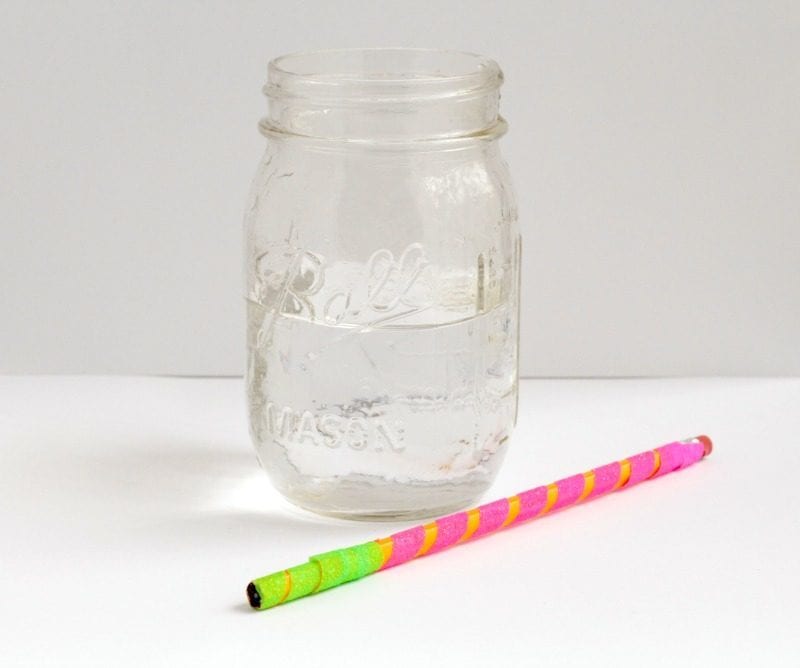
SOURCE: Raising Lifelong Learners
Here’s one more pencil experiment to try just because pencils are so easy to get ahold of! This is a classic one that you’ve probably even seen before. But it’s still worth introducing to your students each year. Maybe they haven’t seen it before!
Staples is a one-stop shop for teachers. Get your school supplies, educational STEM products, and more. Check out their educator’s discount program here.
